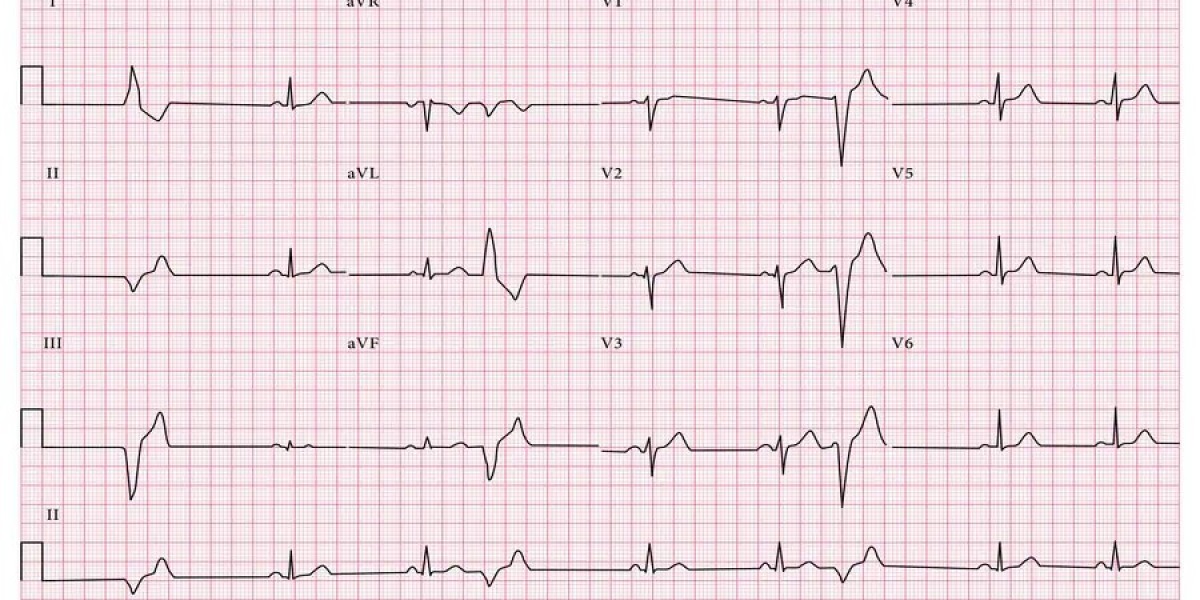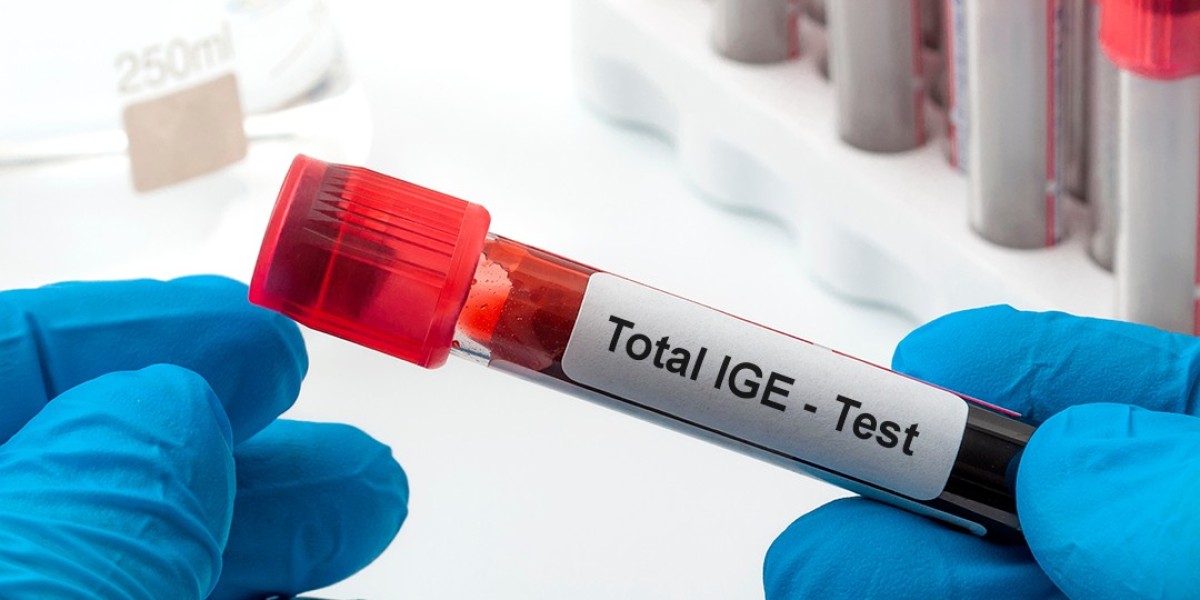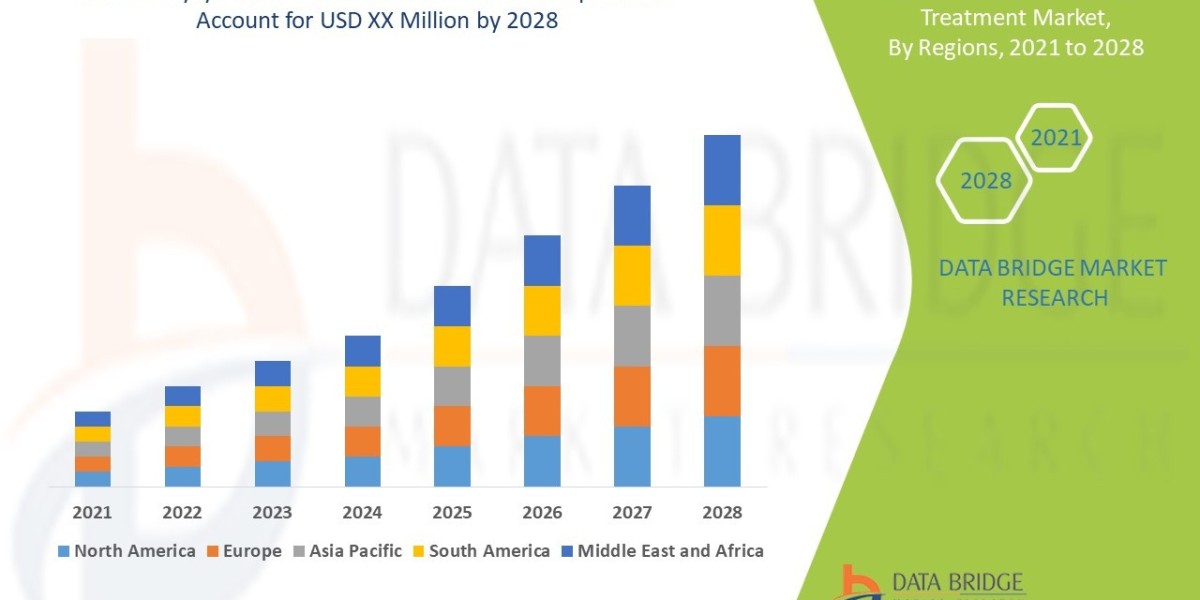Premature Ventricular Contractions (PVCs) are among the most common types of arrhythmias, characterized by early heartbeats that originate in the ventricles. For some, PVCs may go unnoticed, but for others, frequent or symptomatic PVCs can cause significant discomfort and, in rare cases, lead to more serious heart conditions. In recent years, PVC ablation has become a widely recommended treatment option for individuals who do not respond well to medication or lifestyle changes. But how successful is PVC ablation in managing arrhythmias?
This article explores the effectiveness of PVC ablation, how the procedure works, what the recovery process entails, and why it’s becoming a preferred choice for many patients with heart rhythm disturbances.
Understanding PVCs and When They Need Treatment
PVCs are essentially extra heartbeats that disrupt the regular rhythm. While occasional PVCs are generally harmless, frequent PVCs — often defined as more than 10,000 per day — can affect the heart’s ability to pump blood efficiently. Over time, this can lead to a condition called PVC-induced cardiomyopathy, where the heart muscle weakens.
Not all patients with PVCs require treatment. Often, reducing caffeine, managing stress, or treating underlying conditions like electrolyte imbalance or sleep apnea can help. However, if the PVCs are persistent, symptomatic, or impact heart function, interventional treatments such as PVC ablation may be recommended.
What Is PVC Ablation?
PVC ablation is a minimally invasive cardiac procedure that targets and eliminates the area of the heart tissue where the abnormal electrical signals originate. During the procedure, catheters are inserted into the heart through the blood vessels. Using mapping techniques, the electrophysiologist identifies the origin of the PVCs and applies radiofrequency energy to ablate (destroy) the problematic tissue.
The goal is to restore a regular heartbeat and prevent further episodes of arrhythmia without the need for long-term medication.
Success Rates of PVC Ablation
PVC ablation is known for its high success rates, especially when the PVCs are originating from a clearly identifiable focus. According to multiple clinical studies:
- Success rates range from 80% to 95% for patients with a single PVC focus.
- Patients with idiopathic PVCs (no underlying structural heart disease) respond particularly well to ablation.
- For those with multiple PVC foci or complex arrhythmias, success may be slightly lower but still significant.
Importantly, success is often defined by a reduction in PVC burden by at least 80%, though many patients experience complete elimination of their PVCs. This improvement often leads to the resolution of symptoms such as palpitations, fatigue, chest discomfort, and shortness of breath.
Benefits Beyond Symptom Relief
One of the most remarkable aspects of PVC ablation is that it not only improves symptoms but can also prevent the progression of heart disease in certain patients. In cases where frequent PVCs have begun to impair heart function (PVC-induced cardiomyopathy), successful ablation can reverse or improve cardiac performance.
Patients often report better exercise tolerance, improved quality of life, and reduced reliance on medications after undergoing PVC ablation. For many, the ability to return to a normal routine without constant fear of palpitations is life-changing.
Risks and Complications
Like any medical procedure, PVC ablation carries some risks, although they are relatively rare. These may include:
- Bleeding or infection at the catheter insertion site
- Damage to blood vessels or heart tissue
- Blood clots
- Arrhythmias during or after the procedure
That said, when performed by experienced cardiac electrophysiologists using modern techniques, PVC ablation is generally considered safe and well-tolerated. Most patients go home within a day or two, with minimal post-procedure discomfort.
Who Is the Ideal Candidate for PVC Ablation?
PVC ablation is most successful in patients who meet the following criteria:
- Experiencing frequent PVCs (generally more than 10,000 per day)
- Suffering from bothersome symptoms that affect daily life
- Showing signs of PVC-induced cardiomyopathy
- Not responding to medications or experiencing side effects from antiarrhythmic drugs
- Having PVCs that originate from a single, well-defined location
A detailed evaluation, including Holter monitoring, echocardiography, and cardiac MRI (if needed), helps physicians determine the suitability of a patient for ablation.
The Procedure and Recovery
The ablation is typically performed in an electrophysiology (EP) lab under local anesthesia and sedation. The procedure lasts between two and four hours, depending on the complexity of the arrhythmia. Advanced mapping systems help guide the catheter to the precise origin of the PVCs.
After the procedure, patients are monitored for a few hours and may stay overnight. Recovery is quick, with most people resuming normal activities within a few days. Full recovery and assessment of the procedure’s effectiveness typically happen over the next few weeks to months, often with repeat Holter monitoring to measure PVC burden.
Long-Term Outlook After PVC Ablation
For the majority of patients, PVC ablation leads to long-lasting symptom relief and reduction in PVC frequency. Recurrence of PVCs after a successful procedure is uncommon but can occur, especially if new foci develop. In such cases, repeat ablation may be considered.
Lifestyle modifications, heart-healthy habits, and regular follow-ups continue to be essential for maintaining heart rhythm stability after ablation.
Where to Get Expert Care
In the UAE, The Heartae offers expert electrophysiology care, including advanced PVC ablation procedures. Their team of experienced cardiologists and state-of-the-art facilities ensures personalized treatment plans tailored to each patient's needs. Whether you’re struggling with frequent PVCs or looking for a second opinion, The Heartae provides comprehensive evaluation and intervention options for patients with arrhythmias.
Conclusion
PVC ablation is a highly effective and safe treatment option for patients with frequent or symptomatic PVCs. With success rates exceeding 80% in many cases, it offers hope for those seeking relief from persistent arrhythmias that disrupt daily life. While not every patient may require or be suited for ablation, those who undergo the procedure often experience significant improvements in heart function, symptoms, and quality of life.
If you or a loved one has been living with PVCs and are considering ablation, consult with a trusted electrophysiologist to determine the best course of action. With the right care and expertise — like that provided at The Heartae — a steady, healthy heartbeat may be just one procedure away.








